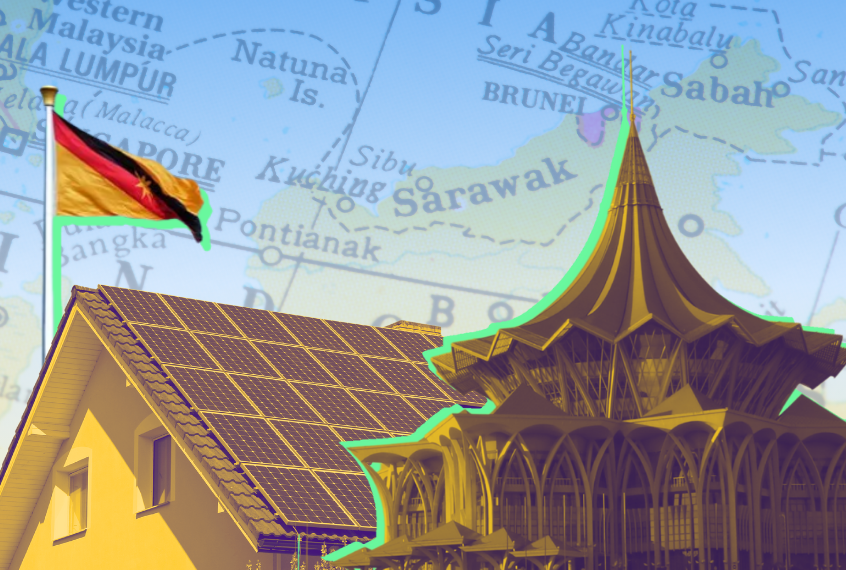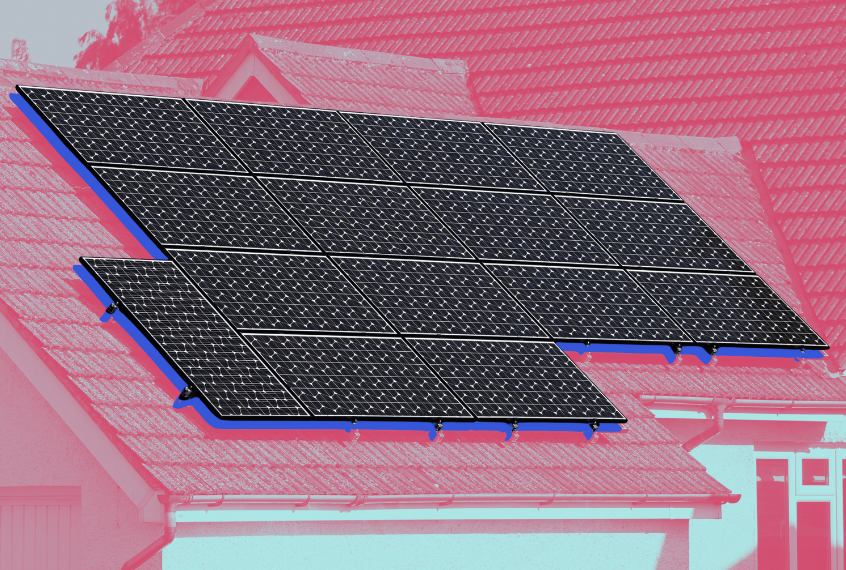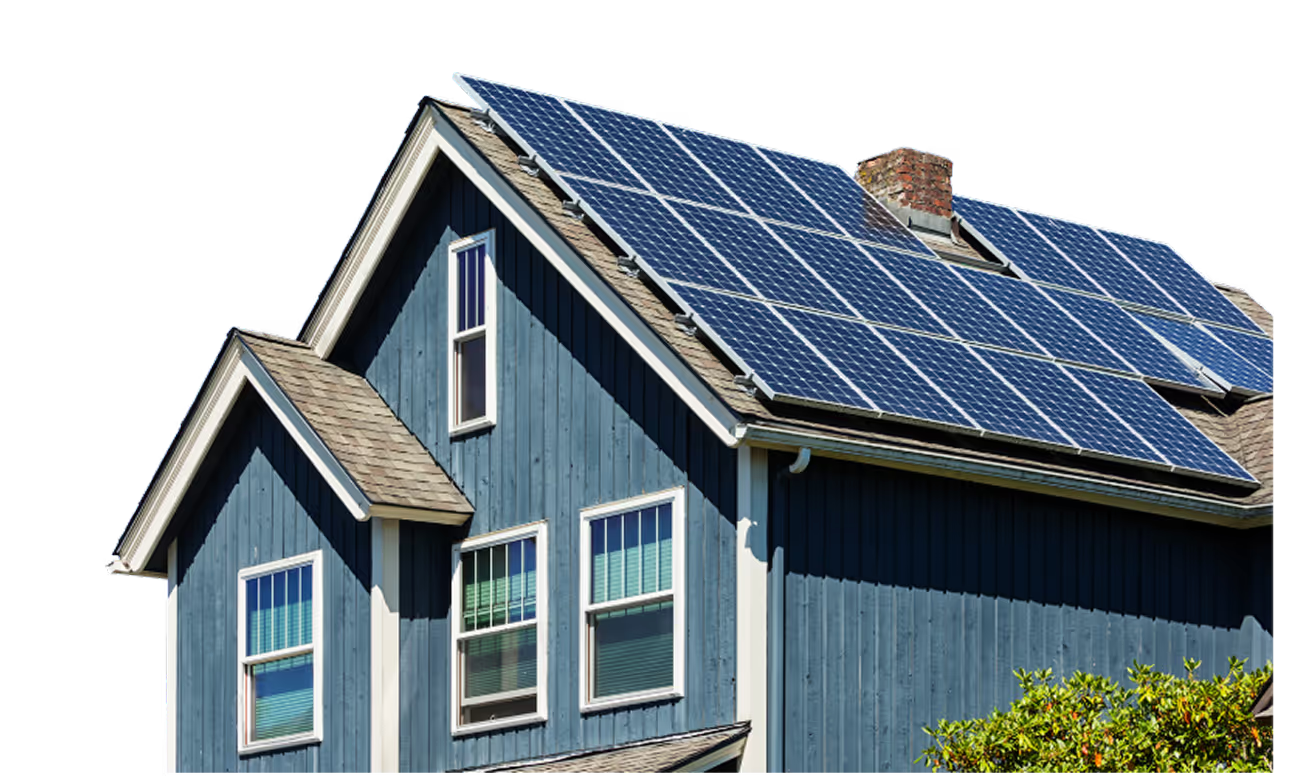.avif)
Welcome to the world of net energy metering in Malaysia, where solar energy doesn’t just power your home—it powers your savings. In this article, we’ll explore how this program empowers homeowners and businesses to maximise their solar investments. Let’s dive in!
Are you ready for the sunny side of savings? As we unravel net metering in Malaysia, it’s clear that the future of renewable energy is much closer than you think. And with GetSolar, things are about to become even more accessible!
With our innovative Rent-To-Own Solar Subscription plans, we’re making it possible for everyone to enjoy the benefits of solar energy without any upfront costs. If you’re interested in learning more about our solar plans for the future, you can head to our pricing plans to read more or try our interactive solar calculator too to get your free personalised quote!
What is Net Energy Metering?
Imagine this scenario: you’ve got a trusty solar PV system up on your roof, soaking in all that glorious sunlight. Now, here’s the kicker – during those sun-soaked daylight hours, your solar panels might be working overtime, producing more electricity than you actually use.
That’s where net metering comes into play, and it’s not only simple but also a pretty smart way to make the most of your solar investment:
How Net Metering Makes It Happen
1. Putting Surplus Energy to Good Use: Imagine your rooftop adorned with solar panels, basking in the sun’s glory. During the day, these panels might generate more electricity than your home or business can consume. That’s where the magic begins.
2. Running the Meter Backwards: If you’re part of a net metering program, your electricity meter doesn’t just count up; it goes in reverse too! When your solar panels produce excess power, the meter runs backward, giving you a credit for the electricity you’re sending back to the grid.
3. Credit for Future Use: This credit isn’t just for show. It’s there for you to tap into during nighttime or whenever your electricity use exceeds your solar system’s output. You’re only billed for the “net” energy you use, thanks to that handy banked energy.
4. Sharing Solar Goodness: But the beauty of net metering doesn’t stop there. Approximately 20-40% of the electricity your solar system generates is shared with your neighbours through the grid. It’s like your excess energy is lighting up homes across your community.
How Net Metering Works in Malaysia?
Let’s dive into the world of Malaysia’s Net Energy Metering Scheme (NEM) and how it’s been evolving to make solar power accessible and rewarding for everyone.
NEM's Bright Beginning
Net metering in Malaysia began in November 2026 with the launch of the NEM scheme, which allocated a 500 MW quota until 2020. The goal? Encourage Renewable Energy (RE) adoption. The concept was simple: solar PV systems would first power your own place, and any extra energy would be sold to the grid at market rates.
The original NEM concept was straightforward: solar PV systems first powered your own needs, and any extra energy sent to the grid earned compensation at the prevailing market rate, determined by your system’s size. Unfortunately, this setup didn’t attract much interest due to its limited financial rewards, resulting in lower adoption rates.
NEM 2.0: Transforming Net Metering in Malaysia
NEM 2.0 came into play on January 1, 2019. It introduced true net energy metering, letting you export excess solar power back to the grid on a “one-on-one” basis. People loved it! By the end of 2020, the 500 MW quota was fully subscribed.
Introducing NEM 3.0: The Solar Revolution Continues
NEM 3.0 revolutionised net metering in Malaysia, becoming active from 2021 to 2023. With a whopping 1050 MW allocation, it’s all about making solar accessible to everyone. NEM 3.0 brings three new initiatives, giving you even more ways to harness the power of the sun and cut your electricity bills.
Net Energy Metering 3.0 By SEDA
Net Energy Metering 3.0, introduced on December 29, 2020, in response to a surge in demand from the solar industry. The YAB Ministry of Energy Transition and Water Transformation (PETRA) announced on January 26, 2024, that the NEM 3.0 program will continue with an added quota of 100MW for NEM Rakyat and 300MW for NOVA. The program will run until December 2024 or until the quota is fully allocated. Launched in 2021, NEM 3.0 has a total quota of 1550MW and is divided into three categories:
Initiative/ CategoriesQuota Allocation (MW)Quota Opening DateNEM Rakyat Programme350MW1st February 2021 – 31st December 2024NEM GoMEn Programme (Government Ministries and Entities)100MW1st February 2021 – 31st December 2024NOVA Programme (Net Offset Virtual Aggregation)1100MW1st April 2021 – 31st December 2024
How Does NEM 3.0 Work Improve Net Metering in Malaysia?
Sit tight for a detailed breakdown of all three categories of NEM 3.0 below!
NEM Rakyat Programme (Residential)
Imagine your residential premises decked out with solar PV systems. Any extra electricity you generate won’t go to waste – it’ll be sent to the grid and credited to your account on a 1:1 offset basis. What does that mean? Well, your excess energy can help you offset future electricity bills, and these credits can roll over for up to 12 months!
For those of you wondering about system sizes, homeowners can install solar PV systems of up to 5KW for single-phase homes and 12.5KW for three-phase homes.
To date (04/12/224), approximately 90% of the quota has been applied for.
The eligibility requirements for the NEM Rakyat Programme application are as follows:
- Users who are registered or are applying to register with TNB in Peninsular Malaysia.
- Users/applicants who have not installed any solar PV system under any previous photovoltaic solar program.
- Applicants must be domestic users occupying their privately-owned premises, not for hotels, hostels, any form of businesses, trades, professional activities, or services.
NEM GoMEn (Government Buildings)
This programme aims to lower the electricity bills of government-owned buildings by using solar PV systems. Under this programme, any excess energy generated will be exported to the utility grid and will be paid on a 1:1 offset basis. The credit shall be allowed to roll over for a maximum of 12 months. The maximum size of a solar PV system allowed is 1MW per customer.
A 100MW quota has been allocated for the NEM GoMEn Programme with a 10-year contract for successful applicants. This program stays open only until the quota is filled or until December 31, 2024 – whichever comes first.
To date (04/12/24), approximately 60% of the quota has been applied for.
The eligibility requirements for the NEM GoMEn application are as follows:
- Users who are registered or are applying to register with TNB in Peninsular Malaysia.
- Applicable to government agencies that have not participated in previous solar programs (Government agencies include ministries, departments, or statutory bodies at any level of government—federal, state, district, or local authorities).
NOVA (Commercial and Industrial)
A 300MW quota has been set aside for the NOVA Programme, kicking off on April 1, 2021, with a 10-year contract for successful applicants. This program stays open only until the quota is filled or until December 31, 2024 – whichever comes first.
The Net Offset Virtual Aggregation (NOVA) Programme allows commercial and industrial consumers to install solar PV systems mainly for their own energy use. If there is excess energy that isn't consumed at the premises—perhaps due to operational limits or changes in energy demand—it can be exported back to the grid under one of the following categories :
Category A : Self-Consumption at Its Best
If you’re in Category A, any surplus energy produced in a month that you don’t use at your commercial building can be sent back to the grid. Here’s the cool part: the value of that exported energy is credited to your account. Come the next billing period, those credits offset your bill payment. It’s like saving money in your energy piggy bank!Now, a few details to keep in mind:
- The unit price of the exported energy is based on the Average SMP
- You can only use excess energy exported in the month to offset your next billing period, so no worries about losing out.
- However, these credits can’t be used to offset the minimum monthly charge as stated in the tariff schedule.

Category B: Sharing is Caring
Now, if you’re in Category B, your surplus energy can go even further. Say you’ve got more solar power than you need – you can export it to up to three other designated premises. And just like in Category A, the value of the exported energy is credited to those designated premises’ accounts. They get to enjoy lower bills and you get to spread the solar, all with the power of net energy metering in Malaysia
A few additional details:
- The unit price of the exported energy is based on the Average SMP.
- You can export any extra energy generated in a month, which you don’t use at your premise, to up to 3 Designated Premises via the supply system.
- For the purpose of Category B, a Designated Premise includes any premises used or operated by your wholly owned subsidiary company.
- All these premises should have the same billing period to keep things streamlined.

To date (04/12/24), approximately 77% of the quota has been applied for..
How to Apply For Net Metering in Malaysia
In Malaysia, there are two ways to obtain solar
Getting started with net metering in Malaysia is straightforward. Solar PV systems can be installed via:
- Outright purchase from a PV Service Provider (Solar Companies)
- Leasing from a PV Investor (Solar Developer)
All you have to do is follow the steps below and you’ll have a hassle free process of applying for NEM 3.0.
How To Apply For NEM With TNB
Follow this step by step guide to generate electricity from your own solar PV system Find your registered contractor/ service provider (RC/ SP), and they will help you settle the rest of the application process.
- Step 1: (RC/ SP) you will apply for a Technical Assessment with TNB (if applicable)
- Step 2: (RC / SP) you will get approval/quota from SEDA
- Step 3 :(RC/ SP) you will install a solar PV System
- Step 4: (RC/ SP) you will submit a meter application to TNB
- Step 5: Sign your NEM contract with TNB
Net metering in Malaysia helps property owners reduce their electricity bills or even make a profit with excess electricity from their solar system. It makes solar more affordable for property owners who would otherwise be shelling out extra sums for solar energy storage.
Go Solar with GetSolar — Easy Savings in Malaysia
If you’re considering rooftop solar for your home, you’ve come to the right place. We’ve explored the ins and outs of the price of installing and maintaining a solar panel system in Malaysia, and now you’re armed with the knowledge to make an informed decision.
At GetSolar, we make the switching to solar simple and cost-effective. Whether it's navigating the Net Energy Metering (NEM) application process via TNB or taking advantage of our Rent-to-Own solar programs, we ensure a seamless journey to clean energy savings.
With Malaysia aiming for 31% renewable energy by 2025 and over 90% of the current NEM 3.0 quota already filled, now is the time to act. Don't miss out on the financial and environmental benefits of net energy metering.
Ready to take the next step? Use our free solar calculator to get instant, personalised estimate and start saving today!

Rent-to-Own Solar. RM0 Upfront cost. Guaranteed Savings
Immediate ROI




Rent-to-Own Solar. RM0 Upfront cost. Guaranteed Savings
(10-Year RTO plan)
+ 10-Year Free Maintenance










